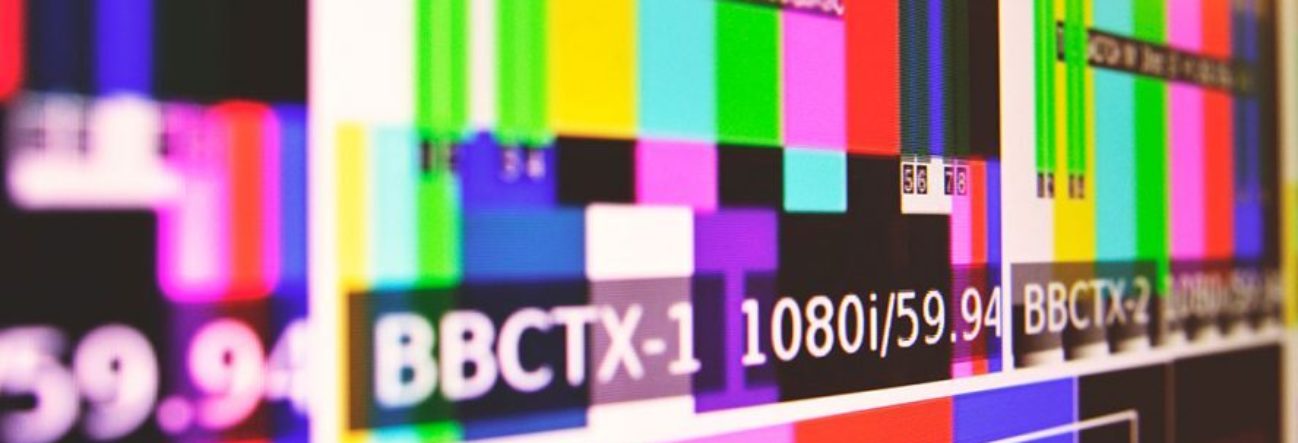Join us for conversations that inspire, recognize, and encourage innovation and best practices in the education profession.
Available on Apple Podcasts, Spotify, Google Podcasts, and more.

As teachers and parents have had to treat yet another symptom of the coronavirus — the need for kids to be schooled at home — one of the most potent solutions has turned out to be decidedly old school: television.
Despite all the advances in hi-tech online learning taking place around the country, school districts from New York to California, Alabama to Wyoming, and North Dakota to Texas are now providing remote learning opportunities through educational television programming and partnerships with public TV stations.
That’s not just nice, it’s necessary. Pew Research reports that more than 40 percent of American families with incomes less than $30,000 have no broadband access whatsoever. And even if they did, the American School Superintendents Association says, most school districts “don’t have the ability to provide continuous virtual online instruction.”
But the U.S. Census Bureau says 98 percent of American households do have at least one television. They also report more than 100 million households view programs on PBS television each month, and that includes 77 percent of all children ages 2 to 8.
For the Annenberg Foundation, using TV to provide free and equal access to education is in our DNA. Our founder, newspaper publisher, and television station owner Walter Annenberg was passionate about the idea of using TV to teach. So he premiered two shows on his Philadelphia TV station — Studio Schoolhouse in 1947 and University of the Air in 1951 — winning the prestigious Alfred I. DuPont Award for pioneering education via television.
Mr. Annenberg went on to develop even more radio and TV curricula for K-12 kids, college students, and teachers. Over the years, these were made available through a long-time partnership with the Corporation for Public Broadcasting.
Then, as the internet began to explode, Mr. Annenberg’s vision for widely accessible and free education went online with our initiative called Annenberg Learner, which funds educational video programs. Our website www.learner.org distributes a wide range of free multimedia resources for students in K-12 classrooms and for teachers’ professional development.
These days, when distance learning has become not just an extracurricular but a necessity — and recognizing that so many students can’t access Learner materials on the internet at home — we’ve gone back to our own Annenberg roots in television. We’re providing free broadcast licenses to any school district that wants to educate their students or supplement online learning via television. In addition, Annenberg Learner is adding cutting-edge, media-rich content from new partners, such as Two Bit Circus Foundation, to provide programs for students in STEM plus the Arts (STEAM).
Mr. Annenberg’s longtime vision of free, equitable, and permanent access to education for all has never been more relevant than today, especially given our technologically elaborate and expensive system of information and communication is only accessible by the economically privileged.
Walter Annenberg believed — as does his daughter and current Annenberg Foundation Chairman Wallis Annenberg — that every child has an equal right to education. And if he were here today, he’d be saying loud and clear that this is our moment to harness every aspect of technology — both old and new, both high-tech and low-tech — to ensure all of America’s kids have free access to a good education. Even at home.
Cinny Kennard
Executive Director, Annenberg Foundation